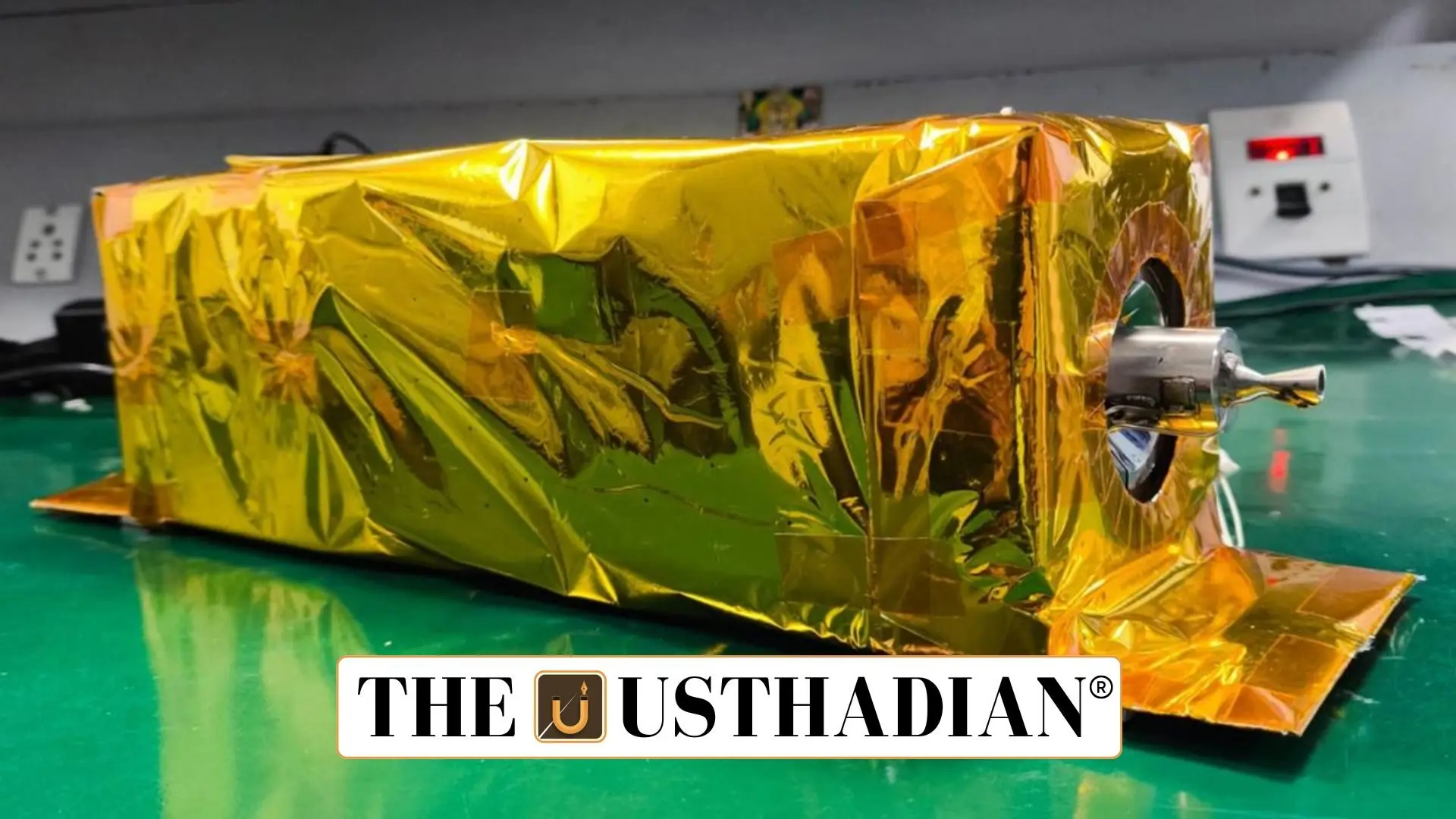A New Year, A New Orbit for Innovation
Manastu Space’s Green Propulsion Breakthrough: India’s Sustainable Leap into the Stars: As 2024 ended, India welcomed more than just a calendar change. On December 31, 2024, space-tech start-up Manastu Space successfully test-fired its eco-friendly propulsion system, VYOM 2U, aboard the PSLV-C60 mission. Conducted using ISRO’s PSLV Orbital Experimental Module (POEM-4), the test marked a significant leap in sustainable space travel—and placed India at the forefront of green propulsion technology.
What Is VYOM 2U and Why It Matters
VYOM 2U is a green propulsion system. Unlike conventional satellite thrusters that use toxic chemicals, VYOM 2U runs on non-toxic, eco-safe fuel. This makes it safer for engineers, astronauts, and the Earth’s atmosphere. Its ability to release precise, controlled thrust makes it ideal for adjusting satellite positions without polluting space or harming onboard systems.
During the test, it successfully tilted the POEM-4 platform by 24 degrees, showing it can handle real-world manoeuvres—an essential feature for space missions.
POEM: The Orbiting Lab for Startups
POEM (PSLV Orbital Experimental Module) is a cost-effective initiative by ISRO. After placing the main satellite in orbit, the rocket’s unused fourth stage is turned into a mini lab, where startups and researchers can test tech in space. Manastu Space used POEM-4 under the codename Adyanta for its propulsion test—saving both time and resources.
From IIT Bombay to Outer Space
Manastu Space was founded in 2017 by Tushar Jadhav and Ashtesh Kumar, alumni of IIT Bombay. With backing from the institute and expert mentorship, the team transformed a student project into a scalable product. Their success story mirrors India’s growing confidence in deep-tech entrepreneurship—and signals a future where start-ups are key players in space missions.
TRL-8: Tech Ready for Commercial Flight
With this test, VYOM 2U achieved Technology Readiness Level 8 (TRL-8). That means the technology is ready for commercial use. It has moved beyond lab trials and now proves its capability in real space conditions, unlocking the door for commercial satellite partnerships both in India and abroad.
Why Green Propulsion Is the Future
Traditional rocket fuels are highly toxic and expensive to handle. As space gets crowded with satellites and debris, sustainable solutions are vital. Green propulsion offers:
- Lower space pollution
- Reduced risk for satellite technicians
- Better mission affordability for smaller space agencies and start-ups
VYOM 2U could also play a role in future orbital clean-up missions, helping tackle the rising issue of space junk.
What’s Next: Seeds and Space Debris
Manastu Space isn’t stopping with engines. With POEM-4, they’re preparing to test:
- Seed germination in microgravity, a first step toward space farming
- Robotic arms to capture space debris, offering a cleaner, safer orbit
These efforts aim to support long-term human presence in space, especially for future Mars or lunar colonies.
STATIC GK SNAPSHOT FOR COMPETITIVE EXAMS
| Topic | Data / Fact |
| Company Name | Manastu Space |
| Founded By | Tushar Jadhav & Ashtesh Kumar (IIT Bombay, 2017) |
| Propulsion System Name | VYOM 2U |
| Test Date | December 31, 2024 |
| Launch Vehicle | PSLV-C60 |
| Platform | POEM-4 (PSLV Orbital Experimental Module) |
| Codename | Adyanta |
| Certification | TRL-8 (Technology ready for commercial deployment) |
| Key Feature | Non-toxic, eco-friendly fuel propulsion |
| Future Goals | Space farming, debris removal, commercial satellite use |








